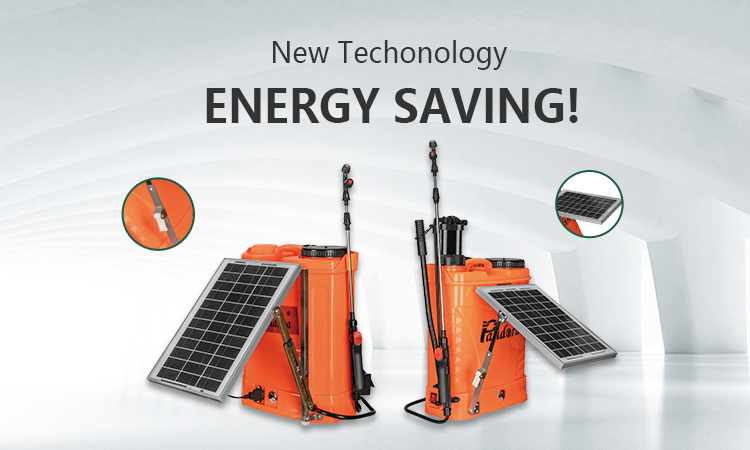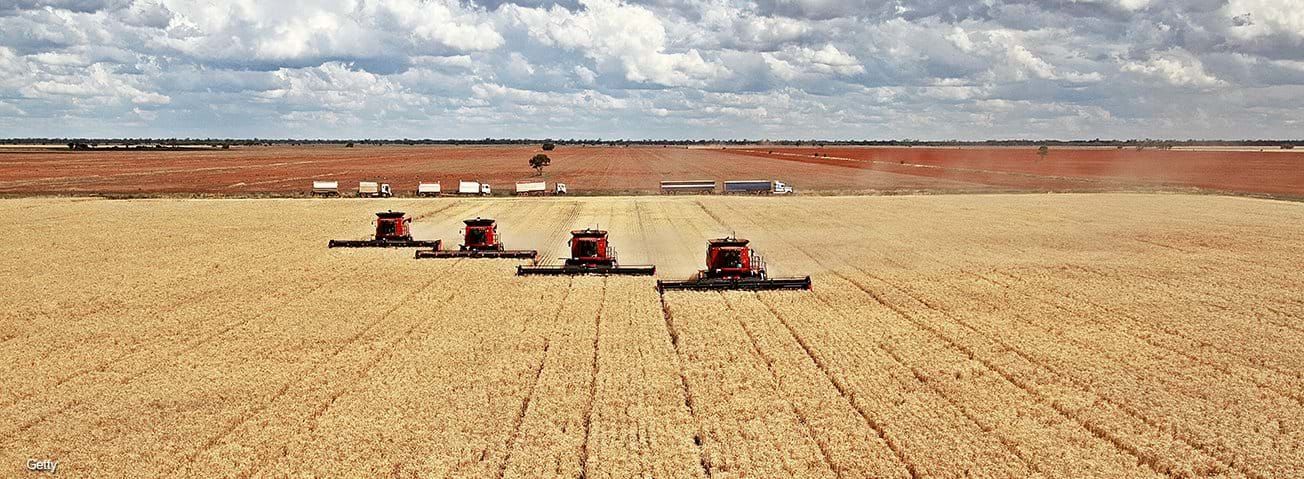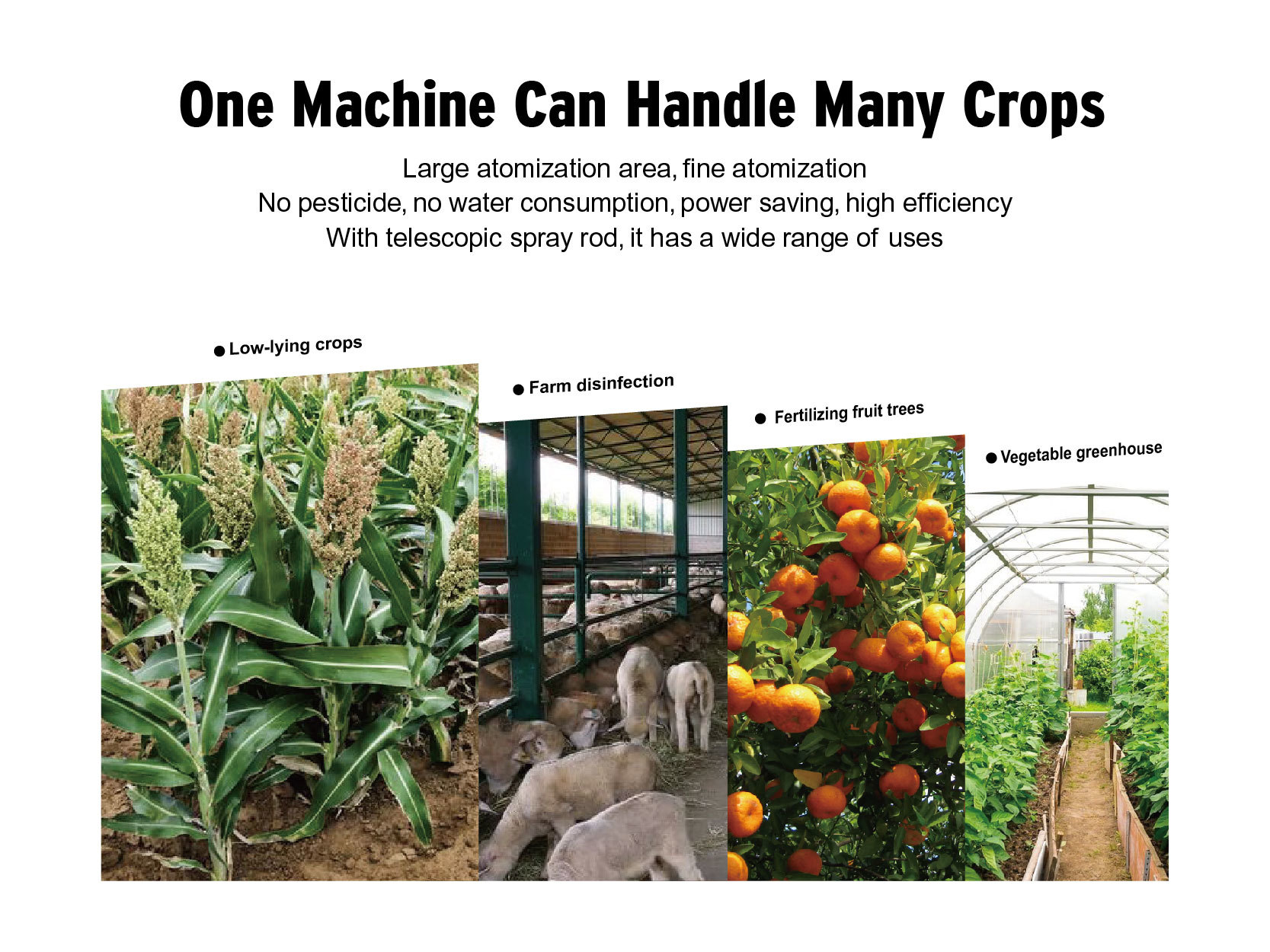Sustainability and Resource Management in Agriculture


With the rising global demand for food, water, and energy, sustainable agricultural practices are vital for balancing productivity with environmental conservation. Solar-powered tools, like Pandora’s solar sprayers, have emerged as key innovations, integrating renewable energy to reduce resource dependency and support eco-friendly farming.
Agriculture is the largest consumer of freshwater globally, using approximately 70% of the total supply, a fact underscored by the Food and Agriculture Organization (FAO) in their report on water scarcity. Efficient water management strategies, such as drip irrigation, are essential for conserving this critical resource in drought-prone areas (FAO Report on Water Scarcity).

In energy use, renewable sources like solar are helping reduce reliance on fossil fuels. Solar-powered technologies align with the United Nations Sustainable Development Goals (SDGs), which aim to foster sustainable resource use and mitigate climate change impacts (UN SDGs Overview).
Pandora’s solar sprayers contribute to these goals by utilizing solar panels for energy, ensuring continuous operation in remote areas while reducing environmental impact.
Solar sprayers are versatile tools designed for efficient and eco-friendly farming. Their features include multi-angle adjustable solar panels for optimal sunlight capture and extended working hours. This innovation is supported by findings from the U.S. Department of Agriculture (USDA), which emphasizes solar technology’s role in enhancing agricultural efficiency, particularly in areas with limited access to electricity (USDA on Solar in Farming).
Pandora’s solar sprayers go beyond spraying, offering lighting functions and compatibility with solar generators and power plants. These features reflect the adaptability needed to modernize agriculture while reducing its carbon footprint.

Customizable solar panels and fixtures are essential for meeting diverse agricultural needs. Farmers using Pandora’s solar sprayers can select panel sizes and fixture designs tailored to their operations. Reports from SolarPower Europe highlight how such customization enhances the usability of solar systems, particularly in off-grid applications (SolarPower Europe Insights).
The integration of solar technology also supports Climate-Smart Agriculture (CSA), a framework advocated by the World Bank. CSA promotes practices such as conservation tillage, crop rotation, and cover cropping to enhance soil health and resilience to climate change (World Bank on Climate-Smart Agriculture).
Pandora’s solar sprayers complement these practices by providing sustainable energy for precision farming, minimizing the environmental impact while improving farm efficiency.

References
-
"Water Scarcity in Agriculture: Challenges and Solutions" - Food and Agriculture Organization (FAO)
Link to Article
-
"Sustainable Development Goals (SDGs)" - United Nations
Link to Goals Overview
-
"Solar Energy Solutions for Farming" - U.S. Department of Agriculture (USDA)
Link to USDA Resource
-
"Renewable Energy Insights for Sustainable Agriculture" - SolarPower Europe
Link to Insights
-
"Climate-Smart Agriculture: Policies and Practices" - World Bank
Link to World Bank Resource
Related News
Efficient Water Management: Integrating Backpack Sprayers and Drip Irrigation
As global climate change and water scarcity continue to pose challenges for agriculture, increasing the efficiency of water usage and reducing wasteful practices have become critical. One area where this is particularly important is in the application of fertilizers and pesticides. The integration of backpack sprayers with drip irrigation systems offers a sustainable solution for efficient water and nutrient management, making it a game-changer for modern farming practices.
Navigating Weather Challenges with Sprayer
When it comes to modern farming, agricultural sprayers are indispensable tools, playing a crucial role in the application of fertilizers, pesticides, and herbicides. However, the efficiency and effectiveness of sprayers can be significantly influenced by various weather conditions. Understanding these factors and how they interact with your sprayer is essential for ensuring optimal crop protection and yield. In this article, we'll explore how weather conditions affect sprayer performance and offer practical tips on how to mitigate these effects, specifically focusing on how our advanced Factory Product Sprayer is designed to tackle these challenges.
Choosing the Right Backpack Sprayer for Different Crops
In modern agriculture, backpack sprayers are essential for applying pesticides, fertilizers, and herbicides. Different crops, however, have varying requirements based on growth patterns, leaf structure, and environmental conditions. Choosing the right sprayer for each crop ensures efficient chemical use, reduces waste, and enhances crop protection. According to a report by the International Fertilizer Association (IFA), optimized pesticide application using the appropriate equipment can reduce chemical waste by up to 30% and increase crop yields by 10-15%.
Related Products
TAIZHOU CITY CHUNFENG MACHINERY CO., LTD.
Address: No.88, Binfeng Road, Sanjia Street, Binhai New District, Taizhou City, Zhejiang Province, China
Global Export
General Manager Cai: +86 13857668111
Manager Jiao: +86 13906587617
Mailbox: manager@cnpandora.com
Domestic Market
Sprayer: Manager Ruan +86 15258580998
Drip Irrigation Tape: Manager Zhang +86 18258666877

General Manager Cai (Export)

Manager Jiao (Export)

Manager Ruan (Domestic Sales)

Manager Zhang (Domestic Sales)
Sorry,当前栏目暂无内容!
您可以查看其他栏目或返回 首页
Sorry,The current column has no content!
You can view other columns or return Home






